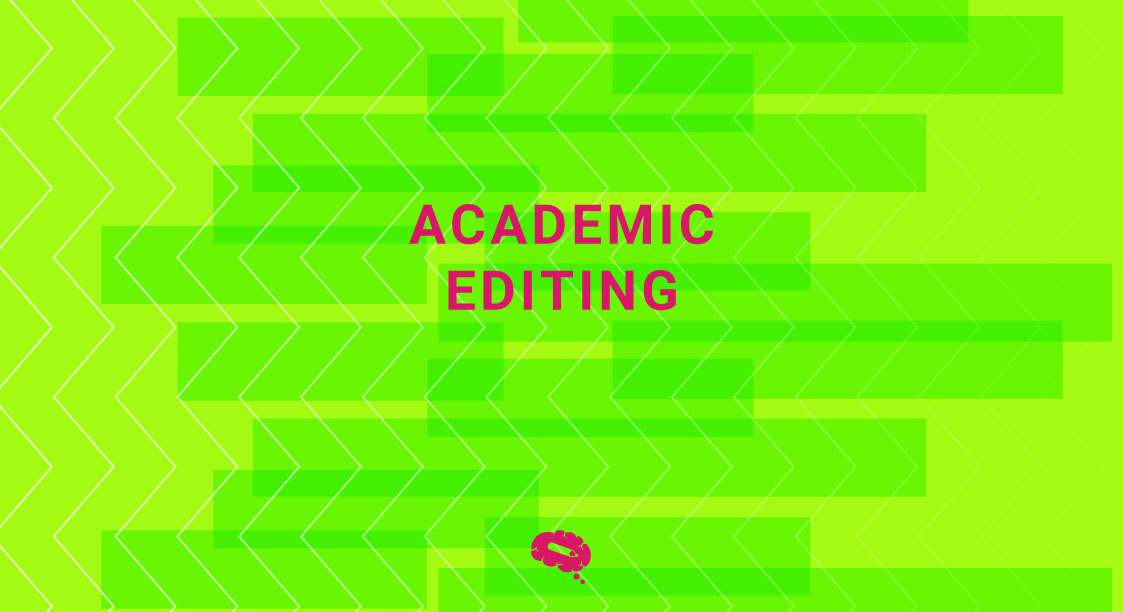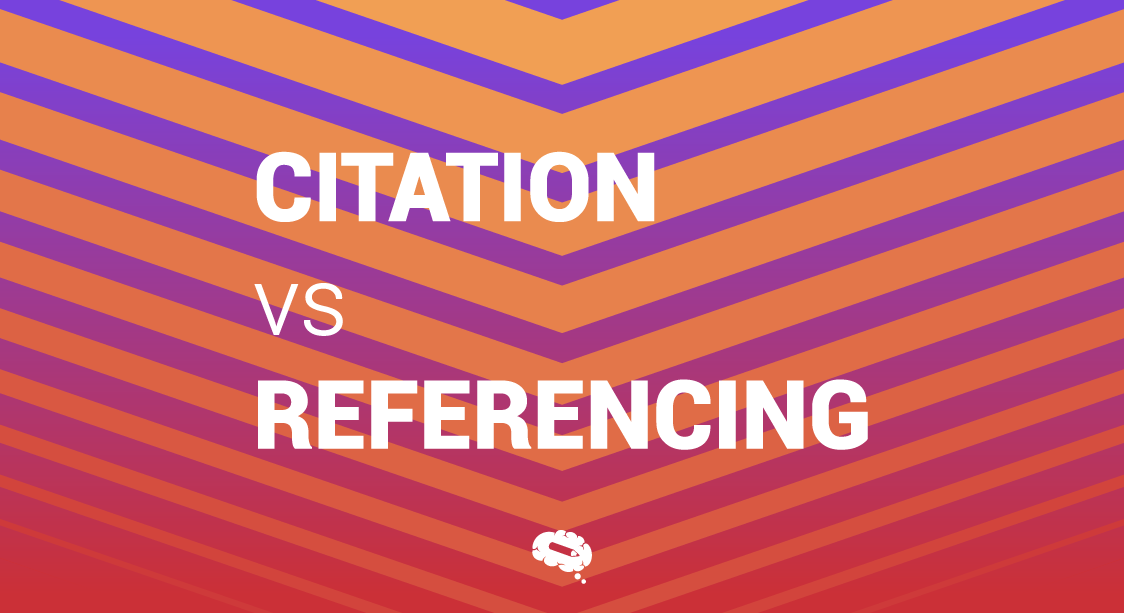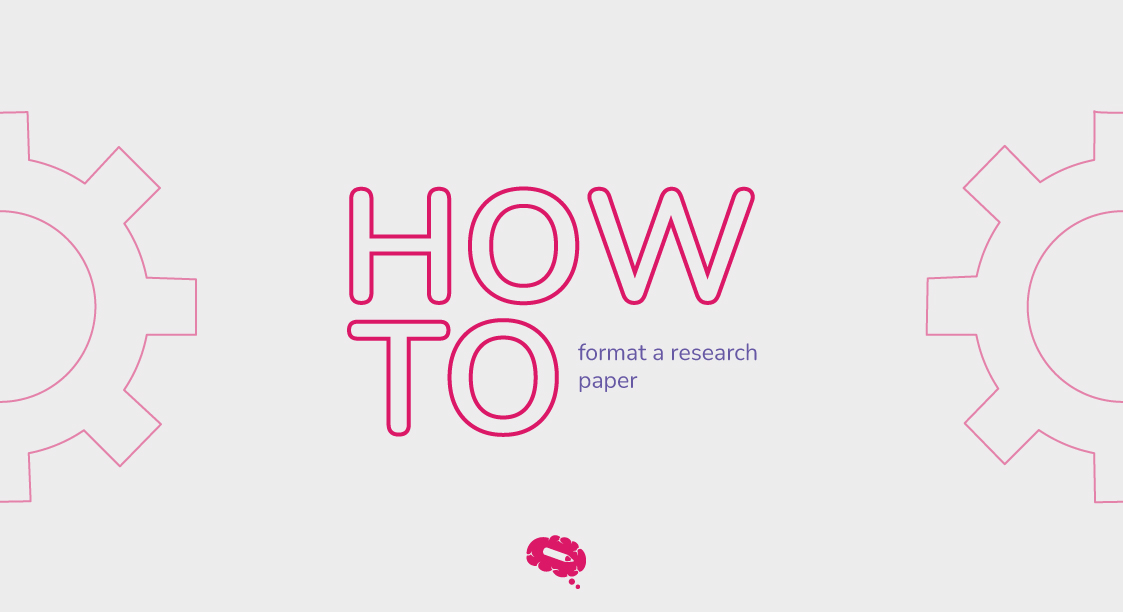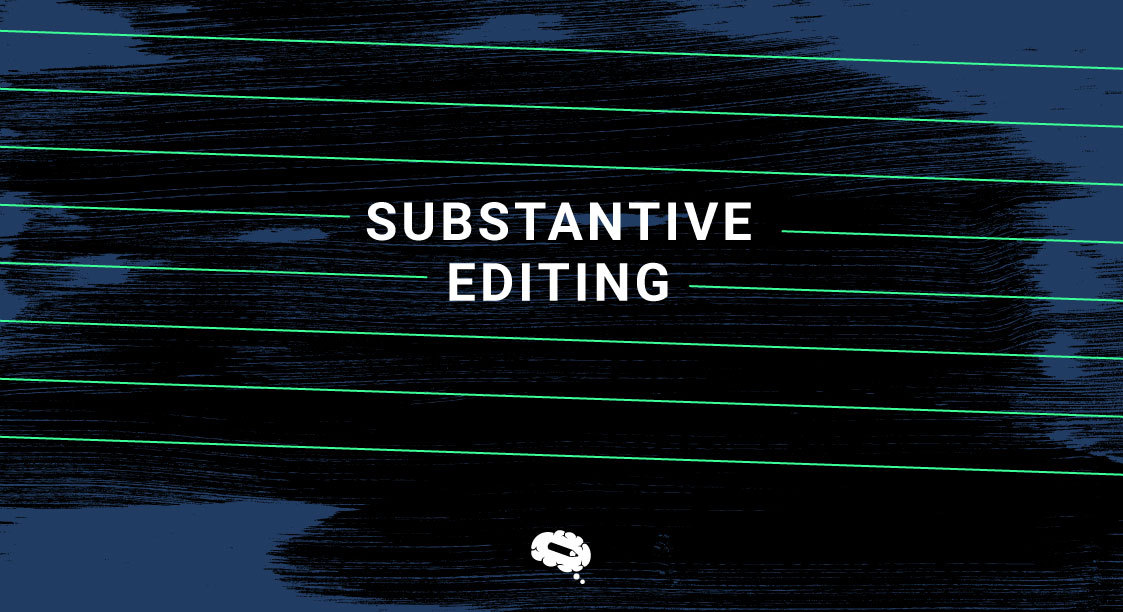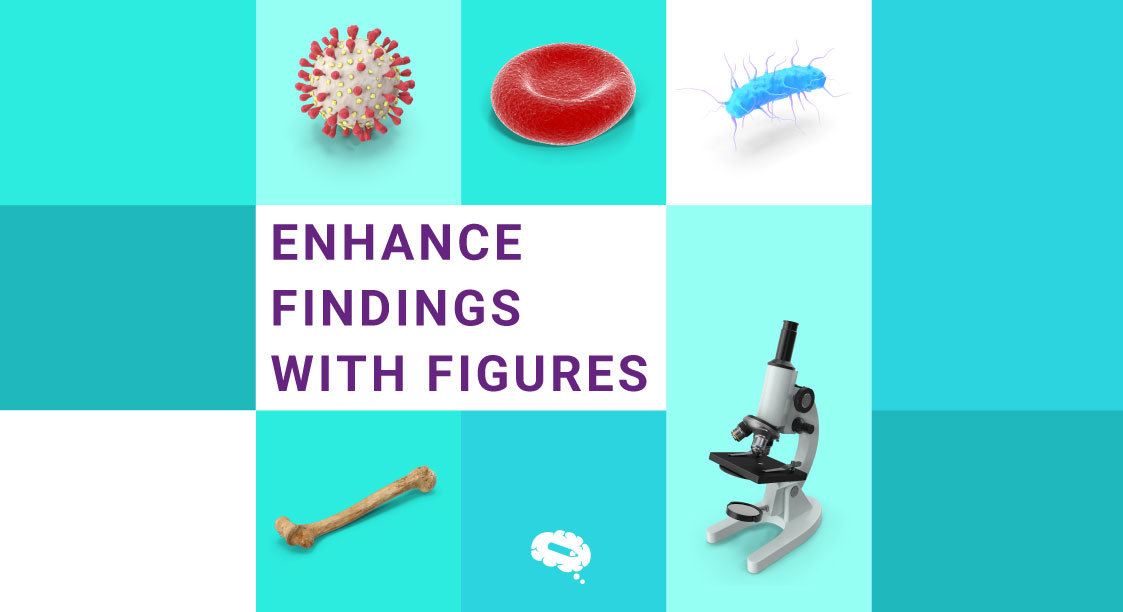We invite you to embark on an adventure where precision and excellence come together to redefine the landscape of scholarly success. In the complex world of research, impact is not just determined by discovery but also by presentation. Throughout this blog, we will explore the transformative power of expert scientific editing, where every word helps you refine your research’s canvas. Our goal is to train you to be a skilled craftsman of clarity, an architect of precision. Learn how to elevate your research impact by unravelling the nuances that set the ordinary apart from the extraordinary. Ensure unparalleled success in your scholarly journey by relying on the power of precision.
Scientific Editing
In scientific editing, written content is refined and enhanced to ensure clarity, coherence, and precision. Rather than just proofreading, it looks at the substance and structure of the manuscript. Grammar, syntax, and language usage are scrutinized by expert scientific editors to elevate the overall quality of the research. A seamless narrative that captures the reader is also ensured by their attention to logical flow.
Along with linguistic refinement, scientific editing examines the content’s scientific merit, coherence, and compliance with publication standards. Researchers and editors work together to refine their work, providing insights into how to improve its impact and accessibility. In the end, scientific editing involves transforming raw research findings into polished narratives that can have a broader impact within the academic community and beyond.
Process Of Scientific Editing
Editing scholarly work goes beyond mere proofreading, aiming to improve its clarity, quality, and impact. Taking into account language, structure, and coherence, the journey begins with a comprehensive review of the manuscript.
1. Assessment and Planning: Review the manuscript thoroughly, identifying areas for improvement in language, structure, and content. Identify the editing process and develop a plan.
2. Linguistic Precision: Refine the language of the manuscript. Improve the clarity of complex scientific concepts by correcting grammar, syntax, and enhancing clarity.
3. Structural Enhancement: Analyze the flow of ideas and how they are organized. Ensure smooth argument progression and adherence to citation styles by rearranging the structure for logical coherence.
4. Content Refinement: Make sure that data, methodology, and results are accurate, consistent, and reliable. Tables and figures should be polished to contribute meaningfully to the narrative and overall impact.
5. Collaboration, Review, and Finalization: Communicate collaboratively with the author, answering questions and making suggestions. Ensure all elements align harmoniously by conducting a holistic review. Make sure the manuscript is precise and scholarly impactful by providing feedback, iterating as needed, and finalizing it.
Benefits Of Scientific Editing
The benefits of scientific editing extend beyond mere error correction, enhancing the quality and impact of research. To begin with, linguistic refinement enhances the manuscript’s clarity, making complex scientific concepts accessible to a broader audience. It not only enhances the readability of the work, but also elevates its professionalism.
The narrative becomes more coherent and logical with structural improvements. The editing process ensures a clear and compelling flow of ideas. Furthermore, engaging and persuasive research is aided by this method. The key benefits would be:
- Clarity
- Accessibility
- Structure
- Coherence
- Data Accuracy
- Collaboration
- Professionalism
- Publication
- Impact
By digging deeper into the content, scientific editing goes beyond the surface. Data, methodology, and results are meticulously analyzed by editors, ensuring accuracy and consistency. Research is strengthened by this scrutiny. A collaborative editing process also encourages valuable exchanges between editors and authors. Interactions like these not only clarify uncertainties but also ensure the editor’s enhancements match the author’s intent, preserving his/her unique voice.
In the end, scientific editing benefits the entire scholarly community. The polishing of a manuscript ensures that it will not only be published quickly, but will also influence peers and contribute to the advancement of knowledge in its respective field.
Different Types Of Scientific Editing
The types of scientific editing available cater to different aspects of manuscript improvement, offering a range of services tailored to authors’ specific needs. The following are some types of scientific editing:
1. Copy Editing
Corrections are made to grammar, syntax, punctuation, and style. In addition to ensuring that the language is clear and consistent, it ensures that the chosen style guide is adhered to.
2. Substantive Editing
Analyzes the manuscript in more detail, addressing issues such as structure, organization, and flow of content. The aim is to make the narrative more coherent and clear.
3. Content Editing
Examines the manuscript’s substance, including the accuracy of the data, methodology, and results. A rigorous, logical, and aligned editorial process ensures that the content adheres to the research objectives.
4. Proofreading
Verify grammar, spelling, and formatting for any errors. In order to catch any remaining issues before publication, proofreading is typically done after substantial editing.
5. Journal-Specific Editing
A customized solution to meet the specific requirements of a journal. The purpose of this type of editing is to ensure that the manuscript complies with the journal’s formatting, citation style, and other editorial requirements.
6. Language Editing for Non-Native Speakers
This service is specialized for authors who do not speak English as their first language. While retaining the author’s intended meaning, it improves the manuscript’s coherence and fluency.
7. Technical Editing
Usually applied to technical or scientific documents, this type of editing ensures that technical terms, jargon, and complex concepts are accurate and clear. The accuracy of scientific communication depends on it.
8. Style Editing
Focuses on maintaining consistency and adhering to specific writing styles. By doing so, formatting, citations, and other stylistic elements are uniform throughout the document.
9. Formatting and Layout Editing
It entails properly formatting headings, subheadings, citations, and tables, as well as placing them in an appropriate format.
10. Reference Verification
Ensures that references are accurate and complete. All citations are checked by editors to ensure that they are correct, properly formatted, and lead to the correct sources.
Related article: Citation vs Referencing: Understanding the Key Differences
Choosing The Right Editing Service
In order to ensure the quality and effectiveness of your manuscript, you must choose the right editing service. Consider these key factors when choosing:
- Specialization In Your Field
Make sure the editing service has experience editing your specific academic or scientific field. Those who are knowledgeable about your subject matter can offer insights and improvements that align with your discipline’s conventions and nuances.
- Experience And Qualifications Of The Editor
Make sure the editors associated with the service are qualified and experienced. Ideally, you should seek out individuals with advanced degrees, research experience, and a history of editing academic publications successfully. The effectiveness of the editing process can be significantly enhanced by a qualified editor.
- Your Needs-Oriented Service Offerings
Your manuscript should be edited by a service that offers a variety of editing options. Make sure the service aligns with your manuscript’s needs, whether it is proofreading or substantive content editing.
- Turnaround Time And Pricing Transparency
Ensure that the pricing and turnaround times of your editing service are transparent. An efficient editing timeline and clarity on costs are essential. By doing this, you ensure that the service is not only in line with your budget but also with the submission deadline for your manuscript.
- Collaboration And Communication Practices
Make sure your editing service values effective communication and collaboration. In order to ensure a collaborative editing process, a service must engage you in open dialogue, clarify your research, and understand your objectives. The communication-centric approach contributes to the creation of an authentically reflective final manuscript.
In conclusion, we have explored precision, collaboration, and excellence in the world of scientific editing. Each step contributes to elevating the research impact, from linguistic finesse to structural coherence. The artistry of editing goes far beyond correction—it’s a collaborative process dedicated to refining and amplifying a researcher’s voice. We have uncovered the diverse types of scientific editing services and factors to consider in choosing the right one.
Well-edited manuscripts are a powerful testament to a dedication to quality in the ever-evolving world of academia, where ideas are currency. With the insights from this exploration, you can use scientific editing to create a lasting impact on your research as you embark on your scholarly endeavors.
Let your scientific endeavors be performed with precision, and may your manuscripts be edited with the clarity and professionalism they truly deserve. Whether you are a seasoned researcher or an aspiring academic, scientific editing can help you craft narratives that are timeless. Happy writing!
The Number Of Articles With Infographics Cited Has Grown By 120%, According To Research
Streamline the complexity of research and dissertations with this game-changer in academia. Using Mind the Graph‘s powerful tools, you can seamlessly integrate visuals into your drafts, enhancing clarity and opening the door to increased citations. You can make your research more accessible and impactful by engaging your audience visually. Mind the Graph empowers your work with compelling infographics that will enhance your scientific communication. Visit our website for more information.

Subscribe to our newsletter
Exclusive high quality content about effective visual
communication in science.

